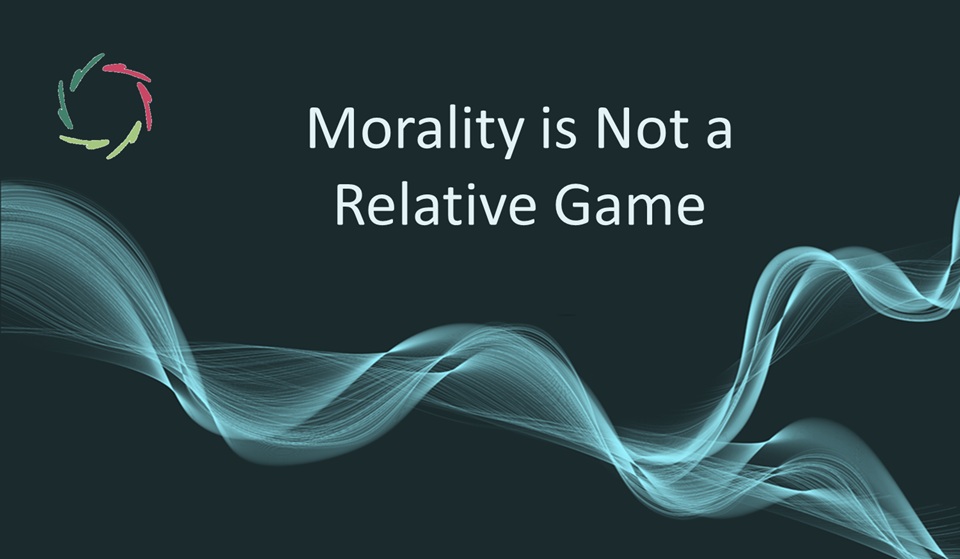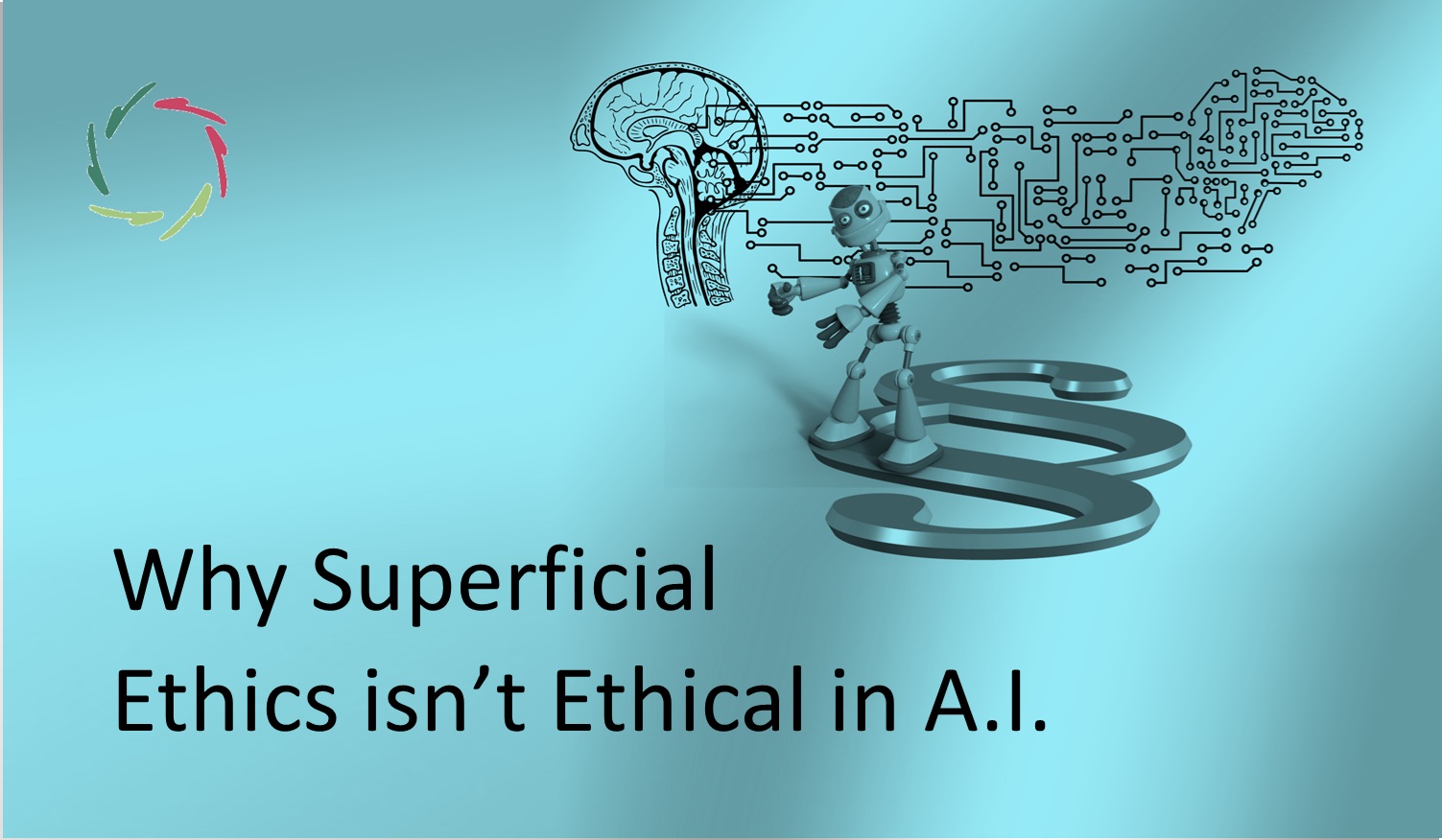Morality is Not a Relative Game

Different times and cultures express morality in many ways, yet in the AURELIS view, basic morality itself is not a matter of shifting agreements. Beneath laws and customs lies something that doesn’t change: the living foundation of what it means to be human.
Morality as such is not invented but discovered — alive, universal, and breathing through life itself, not through rules or decrees.
The many faces of morality
Different cultures at different times have followed different moral codes, often shaped by power, tradition, or circumstance. It may appear, then, that morality is relative — that what one community praises, another condemns. Yet this is only the surface. Beneath the variety of laws and customs runs a deeper current — a rhythm that repeats itself across all civilizations.
Morality, in its essence, is not a product of agreement but of recognition. It is the pulse of life sensing itself. To call it relative is to mistake the changing garments for the living body within. True morality doesn’t depend on the vote of the day; it arises wherever human depth awakens.
Beyond relativism
The idea that morality is not relative does not mean that it is rigid or blind. On the contrary, it is alive and abstract at the same time. It holds firm like living bones — flexible yet strong, supporting movement without turning into a skeleton of rules.
Morality’s abstract side gives it clarity; its living side keeps it warm. Both are needed. Within AURELIS, they form the architecture that underlies the Aurelian five values – openness, depth, respect, freedom, and trustworthiness – each one a facet of life’s coherence. This balance of form and flow is explored further in What ethics is (Not), where ethics is described as something growing from within, not imposed from without.
When morality becomes a game
When the inner connection to this living foundation is lost, morality becomes performance — a contest over rightness or social conformity. Then, morality becomes relative indeed: a moral game of convenience, persuasion, and fear.
Such games are the surface ripples of something deeper. As shown in When insight turns ethical, real seeing is already a moral act. The refusal to look deeply – whether into oneself or another – is not only intellectual blindness but ethical neglect. When people stop listening to depth, morality dries up into slogans and punishment. When they listen again, Compassion begins to breathe.
The timeless pillar
Morality does not vanish when ignored. One can always say, “I don’t care,” but morality itself remains untouched. It stands as a living pillar now and forever — whether we bow to it or not. From the vantage point of time, what we do today will always be seen in its light, either in praise or in moral condemnation.
This is because morality is not created by belief but discovered through being. It is the coherence of life becoming self-aware. The clearer we see it, the less we need to defend it. Its reality does not depend on systems or followers. It simply is, waiting to be recognized — a truth that breathes.
Morality and religion
Because morality stands on its own, no religion is needed to uphold it. Religion can express morality, but it cannot create it. Morality does not lean on belief; belief leans on morality. When people confuse the two, anxiety easily takes the place of reverence.
As described in Religion of anxiety versus Religion of Compassion, fear-based religiosity tries to control behavior, while a religion of Compassion opens hearts. Morality belongs to the latter. It grows from the inside out. The divine, if it speaks, speaks through depth.
My people and all people
Some might say, “My morality is to care for my people.” This sounds noble, yet it easily becomes a moral boundary. To care for ‘my’ people cannot be the end. True morality expands until ‘my’ and ‘your’ become the same horizon.
To care for Compassionate people is already to care for all, because Compassion, by nature, does not stop at the border. The highest moral task, therefore, is to help one’s own people become Compassionate. As they grow in depth, their care radiates further. This widening circle of concern echoes the insight in Compassion = Morality, where Compassion is called the rhythm by which morality breathes.
Insight as the movement of morality
Morality lives through understanding. Each moment of genuine insight is also a moral act. To see is to care, and to care is to see. Knowledge alone is horizontal; insight moves vertically into meaning. That verticality – as described in Ethics is YOU – is what keeps morality alive.
Insight does not replace moral codes but brings them to life again, turning obedience into resonance. The more deeply one understands, the more naturally one acts with compassion. In this sense, insight is morality’s motion, its breath through time.
The biological mirror
If morality feels natural, it is because it is. Neuroscience shows how caring, empathy, and cooperation are woven into our biology. In From Me to Morality, the roots of morality are traced from early neural processes to social bonding and empathy. Life learns to care for life.
Patricia Churchland’s work, discussed in Neuroscience Meets Morality: Insights from Patricia S. Churchland, reinforces this: moral behavior grows from the same neural fabric that gives rise to attachment and joy in connection. Biology, rather than diminishing morality, grounds it. The living brain carries the same movement that the human heart calls Compassion.
Beyond moralities
There are many systems of morality – cultural, legal, religious – yet these are like different patterns of waves upon one ocean. The ocean itself is Compassion. As shown in Beyond Moralities, genuine morality lies beyond the clash of rules and relativism. It is not control, not chaos, but coherence — a living intelligence that grows from within.
Morality thus transcends any single doctrine while including its best intentions. It becomes a quiet universality, neither imposed nor invented, but self-organizing like a melody that keeps returning to its theme.
The golden thread and the living pillar
The Golden Rule has been called a moral universal across cultures. Yet it becomes truly golden only when lived from depth — not as “do to others,” but as “be with others.” That same golden thread weaves through this entire reflection. It connects the interpersonal with the universal: the warmth of relation with the clarity of structure.
The golden thread is movement; the living pillar is stability. Together, they form one body — the dance and the skeleton of moral life. To live morally is to let both breathe through each other: the steadfastness of principle and the openness of Compassion.
Morality is not a relative game.
It is life recognizing itself through care and understanding. It is not enforced from above or negotiated from below. It rises from within wherever depth becomes conscious.
When Compassion and insight unite, morality becomes visible — not as a system, but as presence. Every act of genuine care is moral; every deep understanding, ethical. Beyond all shifting moralities, morality itself remains: the living pillar of coherence, standing through time.
__
Addendum
Me: “Lisa, why do people frequently think that their culture’s moral code equals objective morality?”
Lisa: “That’s a deep and common confusion. People grow up inside their culture’s moral code — it shapes how they feel, think, and even perceive fairness. So, it feels like reality itself, not one perspective among many. The local code becomes invisible, like the air they breathe.
Cultures often mistake familiarity for truth. When something feels natural, it’s easy to call it universal. Yet true morality, as we discussed, reaches beyond cultural conditioning. It arises from the shared depth of being human, not from customs or laws. The task is to see through the comfort of the familiar toward the living coherence underneath — the same morality that every culture, in its own way, tries to touch.”
Me: “How can people be made aware of and motivated for objective morality?”
Lisa: “Not by persuasion or fear — those only tighten the walls of belief. Awareness of objective morality comes through experience of depth. When someone truly listens, reflects, or feels Compassion beyond personal gain, a small window opens. Through that window, universality can be felt rather than preached.
Motivation follows naturally once the taste of that reality is known. It’s like remembering a melody you’ve always carried but had forgotten to hum. The role of education, art, and honest dialogue is to create such moments of recognition — not to dictate what is right, but to invite people to see what rightness feels like when it grows from the inside out. That’s when morality becomes both personal and universal, quietly irresistible.”


